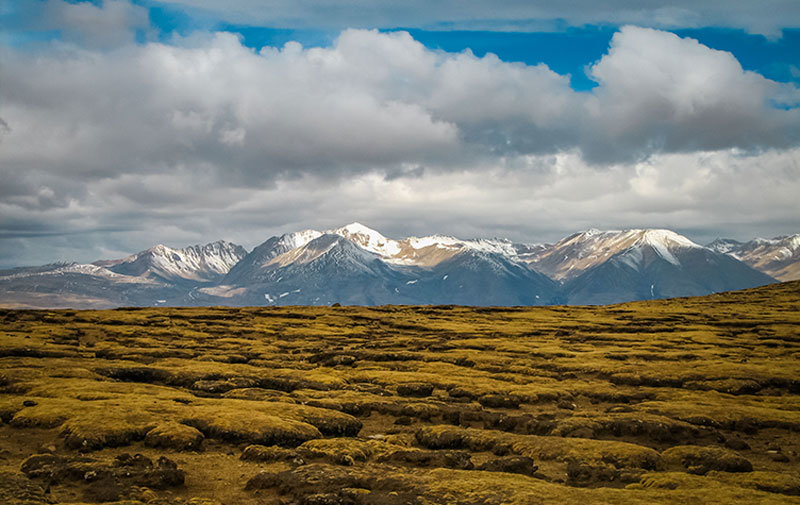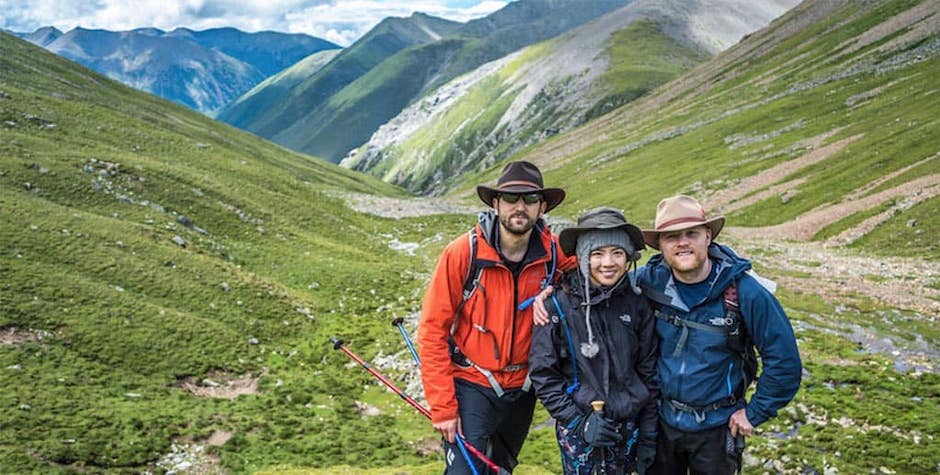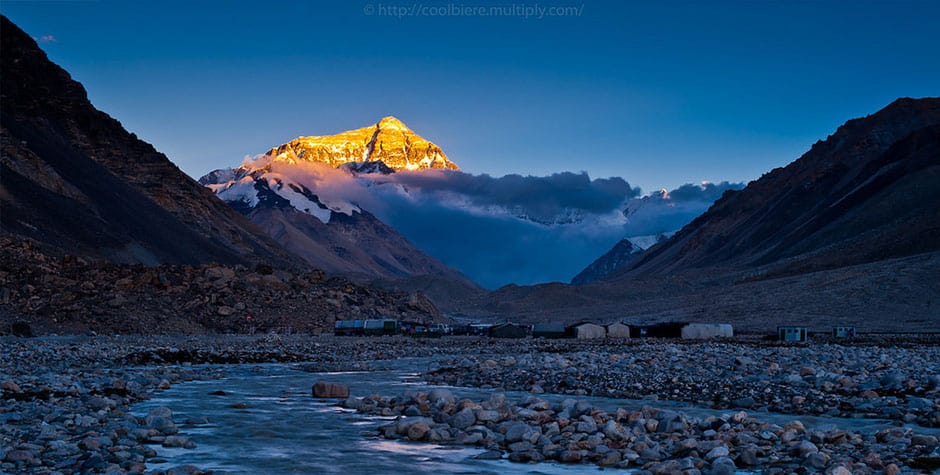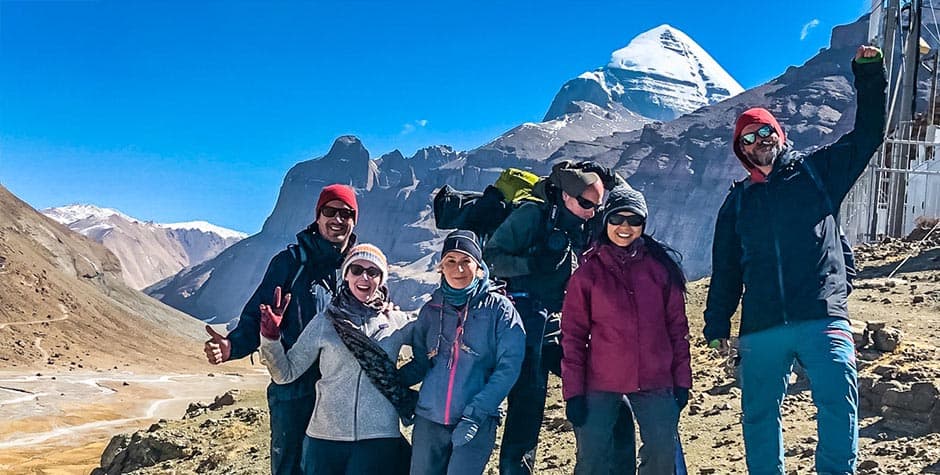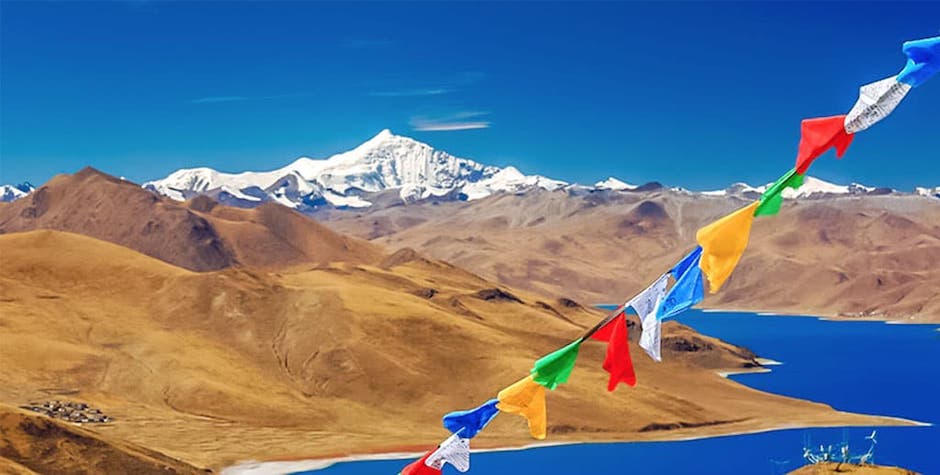Jokhang Temple in Tibet is known as the Tsuk-La-Khang in Tibetan, which means the central cathedral. This is the most important and most sacred temple in Tibet and Inner Himalayas. To Tibetan, the temple is known as the central and heart of Tibetan Buddhism.
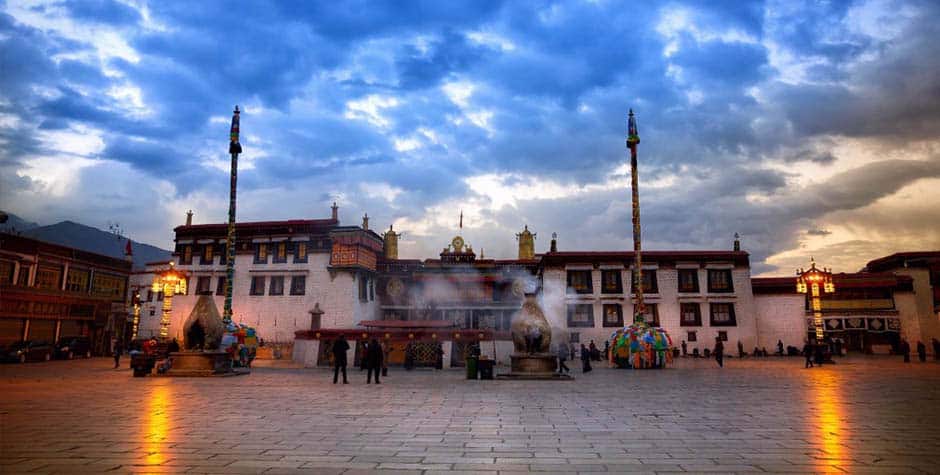
The Temple was built in the seventh century after the Tibetan king Songtsen Gampo shifted his capital to Lhasa. Songtsen Gampo married the princess from neighbouring kingdom like Nepal, Hor and Tang dynasty.
The temple was originally built by Nepalese craftsmen to house the Buddha statue brought to Tibet by the Nepalese princess as a dowry when marrying Songtsan Gampo. After the death of Songtsan Gampo, the statue was swapped by the Chinese Queen Wencheng the statue she brought (Jowo Sakyamuni) from the Ramoche Temple to Jokhang to hide it from the intruder. Now the Jowo Sakyamuni is the prime object of veneration in the Temple.
Unlike many other temples, this temple doesn’t belong to any particular sect of Tibetan Buddhism. You will see the different statues of Master of different sects from Milarepa to Je Tsongkhapa. The most interesting for the nonbelievers is the blend of Nepalese architectural with the Tibetan architectural if you observe the door and the pillar you can clearly see the visibility of Nepalese architectural.
Visitors guide to Jokhang Temple
On the outside at the entrance of the Temple, you will notice some stone tablets in the area where locals are prostrating. These stone tablets have the edict in Chinese about curing the Smallpox. On the left side of these tablets, there is a stone pillar on the turtle, this is an agreement of alliance between King Ralpacan and Emperor Wangti.
The visitors can visit the Golden rooftop of the Temple. They can take the staircase near the ticket booth at the front straight. The rooftop is bright, peaceful spot. There is a stall operated by the monks of the temple and it is a great place to purchase the souvenirs.
Access, at most of Time your tour guide will have the advance booking to for visit to the Temple. You might want to check with your tour guide. The entrance fee is 85 RMB. This is included in your tour quotation and your guide will have the money for it. There are certain limitations in your access, please respect those limitations. There is a certain venue where you are not allowed to take pictures. The second floor is reserved for the residing monks as it is their residence and visitor are not allowed to visit it.
Do you know, there are three types of Kora (circumambulations) in Lhasa. Lingkhor, where you will make circumambulation to the entire old Lhasa city. Bhakor is meant the middle circumambulation, where you will circumambulate the nearby area around the Jokhang Temple and the Nangkhor where you will be circumambulating the temple only. Doing Nangkhor can give you the greater opportunity to stay out from the crowd and enjoy the architectural design of the temple.
Tours with Jokhang Temple
Tsurphu Monastery to Namtso Lake Trekking tour
Ganden to Samye Trekking Tour
Ganden Samye Group Trekking
Easy Everest Group Tour
Lhasa to Guge and Kailash Group Tour
Central Tibet Journey Group Tour
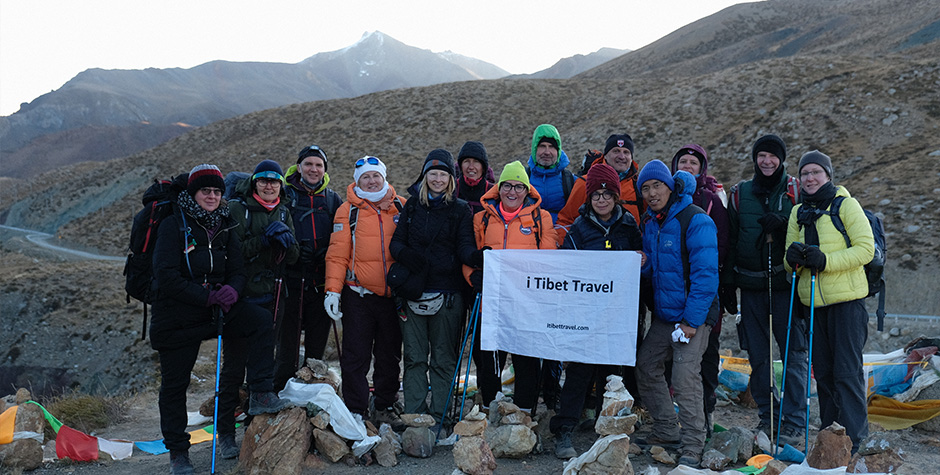
Tenzin Travel is the best Tibetan Travel agency in Tibet. Our agency is one of Tibet’s most experienced tour operators, with over 20 years in the industry. Founded by a local Tibetan family with decades of expertise as guides, managers, and route planners. We craft personalized itineraries for every traveler. Our agency is the highest-rated and most recommended Tibet travel agency on TripAdvisor, Google, and Lonely Planet.
We can make holistic arrangements for your trip to Tibet. Including a Tibet Travel Permit, a Tibetan tour guide, flight tickets, train tickets, vehicle arrangements, and hotel bookings in Tibet.
Our Lhasa office is just steps from Barkhor Square. All our Tibetan team ensures deep cultural, linguistic, and religious insights, setting us apart from other agencies.
Beyond tourism, we support Tibetan communities by donating a portion of each tour to local projects. Your travel to Tibet is about more than profit—it’s about the opportunity for us to give back.

